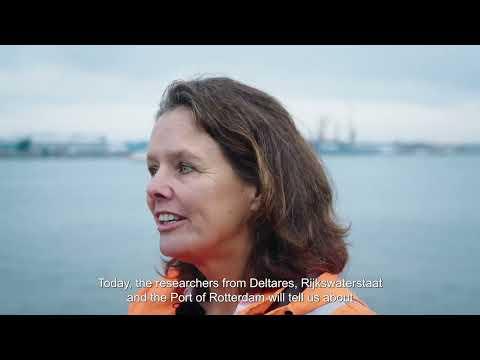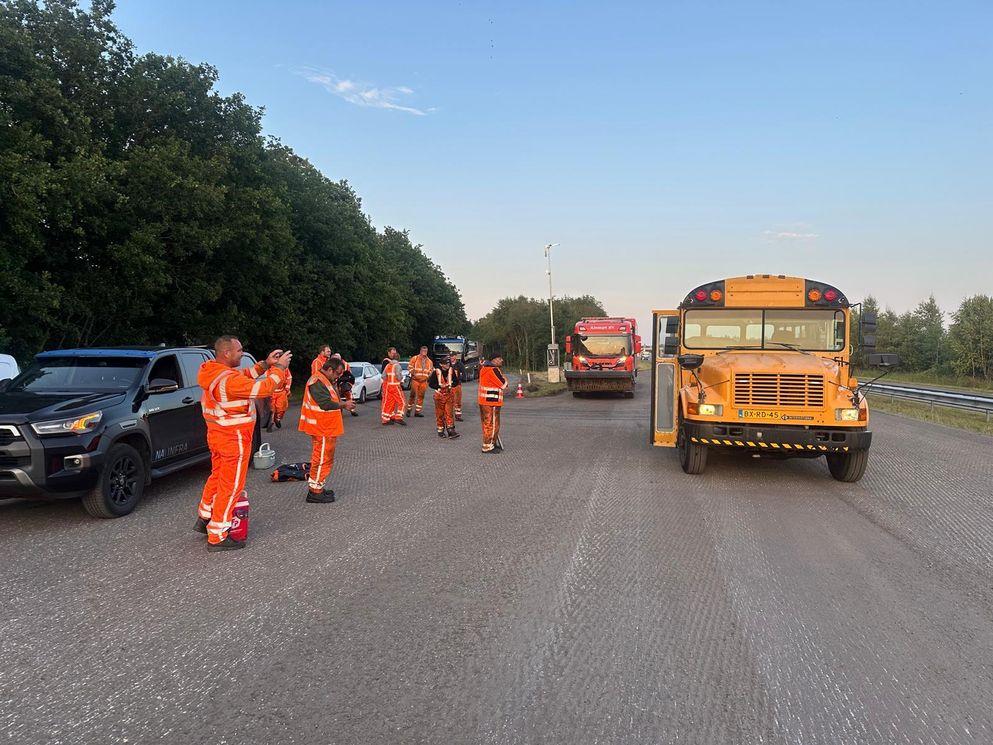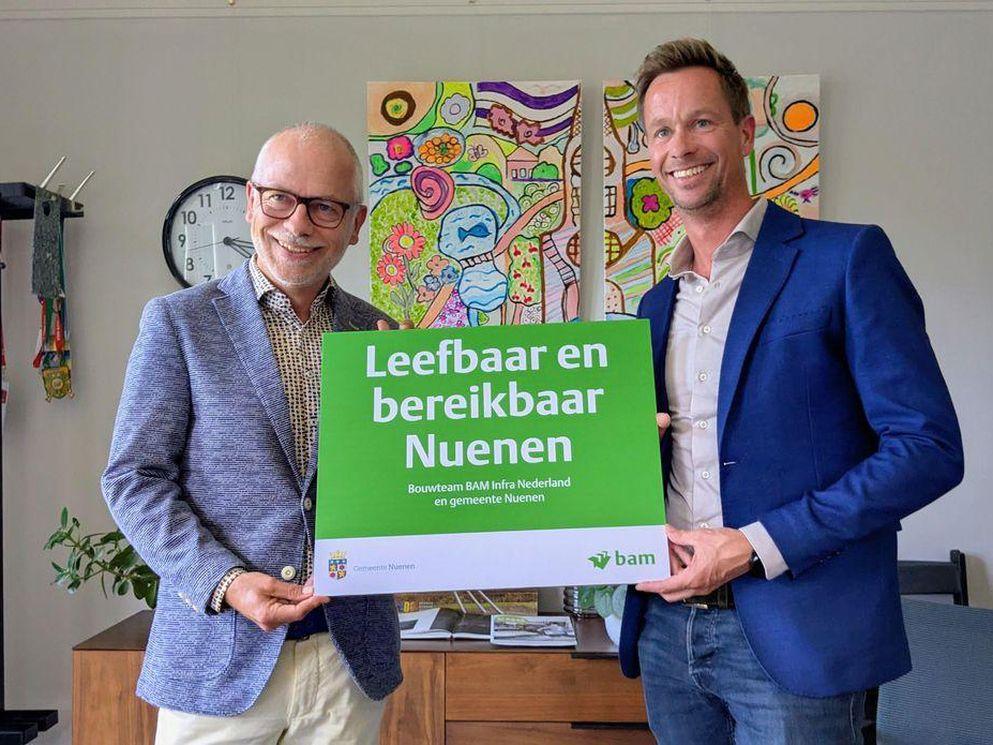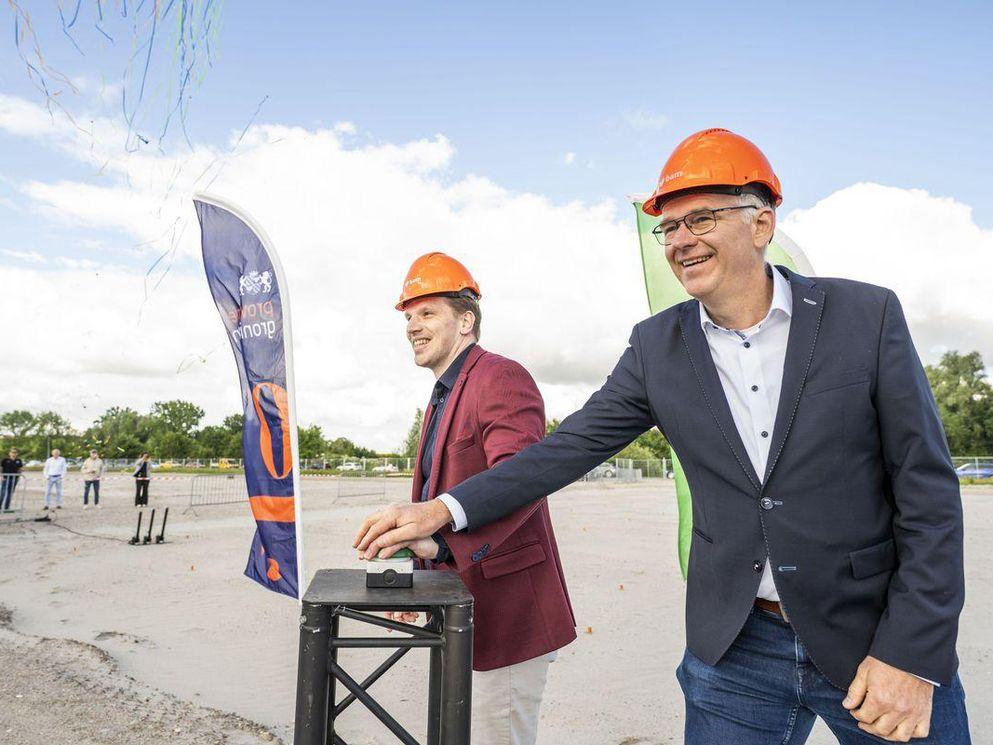Quay walls protected smarter through better understanding of propeller jets
(News release of SmartPort and Deltares:) Rotterdam/Delft, the Netherlands, 12 May 2023 - Port and waterway authorities usually protect their infrastructure, such as quays and berths at locks, from erosion caused by ship propellers by installing bed protection. Recent research is improving the way the behaviour of currents caused by ship propellers during mooring and berthing is mapped with new measurement techniques and advanced calculations. The outcomes provide valuable knowledge for infrastructure managers. By designing bed protection smarter, managers can save on costs, materials and emissions. In this research, knowledge institutes Deltares and MARIN are working together with port companies, the Dutch Directorate-General for Public Works and Water Management (Rijkswaterstaat) and contractors.
When mooring and berthing, the propellers of ships blow against the quays. The resulting currents are known as ‘propeller jets’. These currents can cause deep erosion pits. Therefore, we protect the soil by applying bed protection so the quays remain stable. However, the current design guidelines for bed protection contain uncertainties. By reducing these uncertainties, we can optimise the design guidelines and potentially save materials, costs and emissions during bed protection design.
The TKI Schroefstraalbelasting onderzoeksprogramma (TKI SOP, TKI Propeller Jet Research Programme) aims to better understand the flow due to ship propellers in the vicinity of a quay wall, to reduce uncertainties in the guidelines. This is done by combining different types of measurements with field observations and (model) calculations. Collaborative partners in this study are: BAM Infraconsult bv, Baggermaatschappij Boskalis B.V., Deltares, DEME, MARIN, North Sea Port Flanders, the Port of Rotterdam Authority, Rijkswaterstaat and SmartPort. The full report can be downloaded here.
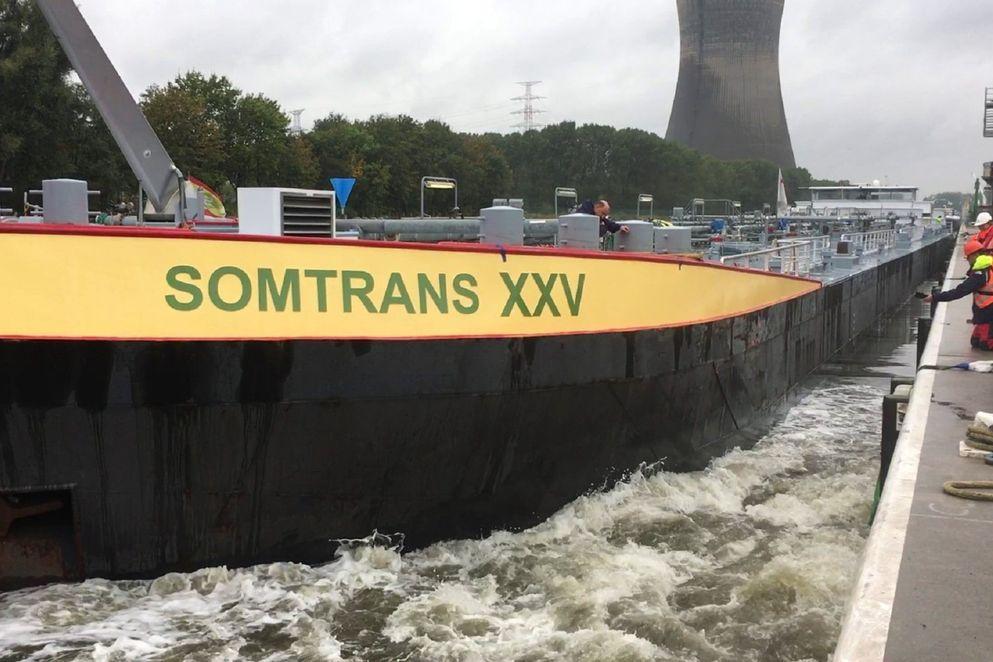
Results
Many situations that occur in practice have been tested in laboratory experiments at Deltares. This included varying the distance from the quay wall, the clearance between the ship’s keel and the seabed, the rotational speed of the ship’s propellers and the bed material. The experiments show that the highest flow velocities occur in situations when there is not much space available between the vessel, the quay wall and the bed. The results were compared with field observations, detailed flow calculations by MARIN and formulae from existing guidelines. This shows that existing guidelines tend to overestimate the area in which the highest flow velocities occur.
Alfred Roubos of the Port of Rotterdam Authority on the outcomes: ‘With the results and insights from these trials, we expect to make better use of our port infrastructure. For example by allowing larger vessels to use existing berths and, on the other hand, by being able to design our new assets – quays, jetties, bollards and bed protection – in a more economical and sustainable way. This is good for the carbon footprint of these structures.’
Optimisation of the design guidelines
As a waterway authority, Rijkswaterstaat manages and maintains many hydraulic structures. Charlotte van der Vorm of Rijkswaterstaat: ‘We have 130 locks to renovate. These all have bed protection. According to the current guidelines, these should be supplemented. With the new guidelines, we hope this can be reduced. We hope for a sustainable solution that saves money and materials.’ For this reason, the CROW ‘Propeller jet’ working group was established to jointly develop knowledge that contributes to optimising design guidelines. The working group consists of engineering firms, contractors, various governments and knowledge institutes, and exchanges knowledge with TU-Braunschweig and Maccaferri. The TKI Propeller Jet Research Programme provides new knowledge to this working group. The working group will now take the follow-up steps to tighten the design guidelines for the installation of bed protection.
Impact of the research
SmartPort visited Deltares, Rijkswaterstaat and the Port of Rotterdam Authority to find out what this research has revealed:
Click here or here for the originial news release.

